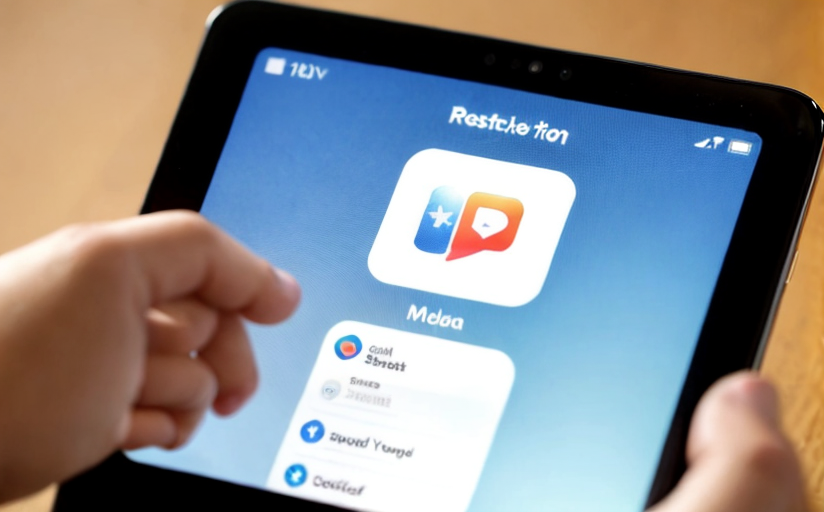Impact of Social Media on Art Appreciation and Interpretation
In the 21st century, the paradigm of art appreciation has shifted dramatically, largely due to the influence of social media platforms like Instagram, Facebook, and Twitter. These digital platforms are transforming how people perceive, appreciate, and interpret art.
Increased Accessibility to Art
One of the key positive shifts in art appreciation following the advent of social media is the increased accessibility of art. Just a few decades ago, appreciating art was often confined to physical museums and galleries. Today, social media platforms serve as digital galleries where artists can showcase their work to global audiences. As a case study, consider the Prado Museum in Madrid, which shares high-quality images of its works on Instagram and has attracted more than 450,000 followers.
Art Authenticity and Image Reproduction
However, there are also potential issues tied to art authenticity and image reproduction. The ease of sharing and reproducing images can sometimes lead to a disregard for artists' rights and intellectual property. Moreover, the digital reproduction of artworks often fails to fully capture the texture, complexity and context of the original.
Digital Trends and Tools
Social media platforms are also home to various innovative digital trends and tools that are reshaping the art world. Filters, for instance, allow users to adapt and modify visuals, influencing the perceptual and aesthetic appreciation of art. The rise of virtual museums is another example. As one curator noted in our interview, Virtual museums make art accessible and interactive, providing new opportunities for engagement but also introducing challenges in terms of curatorial authority and interpretation.
Influencers and Virality
Social media influencers, with their massive following, hold significant sway over public opinion about styles, trends, and artworks. Their influence, alongside the phenomenon of virality, has the power to catapult an artist or piece of art to global recognition overnight. Nonetheless, this rapid dissemination may sometimes dilute the art's original meaning and depth, as it is consumed in the fleeting, often superficial context of trending feeds.
In conclusion, while social media has democratized art appreciation, these platforms also introduce various challenges that need sensitive navigation to ensure that the richness and nuances of art are not lost in the digital noise.



















Comments
Leave a Comment